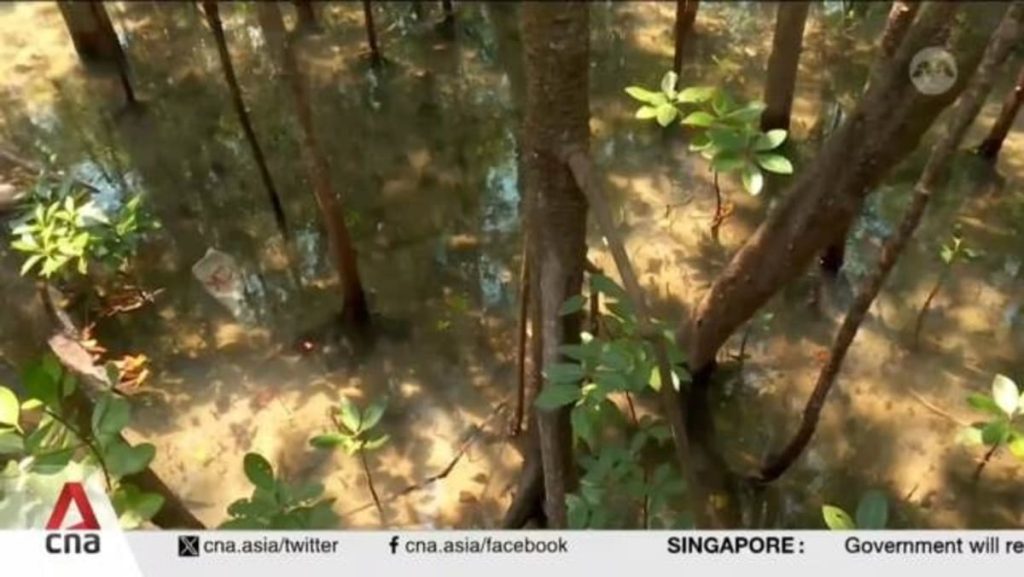The revised set of guidelines provides developers with a clearer understanding of how their work could potentially impact local biodiversity. By incorporating new survey methods for different types of habitats, developers are better equipped to assess and minimize their impact on the environment. This is a significant step towards promoting sustainable development practices in Singapore. Additionally, the guidelines also highlight the importance of considering wildlife habitats and ecosystems in the planning process, contributing to the preservation of biodiversity in the region.
One of the key initiatives aimed at strengthening Singapore’s biodiversity is a programme focused on the conservation of native wildlife species. This programme seeks to prevent these species from facing imminent threats of extinction and aims to restore their populations to sustainable levels. By actively monitoring and protecting these species, efforts are being made to ensure the long-term survival of Singapore’s unique biodiversity. Through strategic conservation efforts, the programme aims to address the various challenges and threats faced by native wildlife, ultimately contributing to the overall conservation of biodiversity in the region.
The revised guidelines and conservation programme underscore Singapore’s commitment to environmental conservation and sustainability. By providing developers with updated information and tools to assess their impact on local biodiversity, the guidelines help promote eco-friendly practices in the construction and development industry. In addition, the conservation programme serves as a proactive measure to safeguard native wildlife and preserve their habitats. These combined efforts demonstrate a holistic approach to biodiversity conservation, taking into account both ecological and developmental sustainability.
As Singapore continues to grow and develop, the importance of balancing economic progress with environmental conservation becomes increasingly vital. By integrating biodiversity considerations into development projects and actively supporting conservation programmes, Singapore is striving to create a harmonious relationship between human activities and the natural environment. The revised guidelines serve as a practical tool for developers to make informed decisions that prioritize biodiversity conservation, while the conservation programme showcases the government’s commitment to protecting native wildlife species. These efforts reflect Singapore’s dedication to sustainability and environmental stewardship in the face of urban expansion and development pressures.
Overall, the revised guidelines and conservation programme represent significant steps towards enhancing Singapore’s biodiversity and promoting sustainable development practices. By empowering developers with the knowledge and tools to assess their impact on local habitats, the guidelines help mitigate potential environmental harm and encourage responsible land use practices. Likewise, the conservation programme aims to safeguard native wildlife species and their habitats, ensuring the long-term viability of Singapore’s biodiversity. Through these initiatives, Singapore is taking proactive measures to balance development needs with environmental preservation, setting a positive example for other countries looking to achieve similar goals in biodiversity conservation and sustainable development.
In conclusion, the revised set of guidelines and conservation programme highlight Singapore’s ongoing efforts to protect and enhance its biodiversity. By providing developers with updated information and survey methods, the guidelines promote eco-friendly practices and responsible land development. The conservation programme further emphasizes the importance of preserving native wildlife species and their habitats, showcasing Singapore’s commitment to environmental sustainability. As Singapore continues to grow and develop, these initiatives play a crucial role in promoting biodiversity conservation and sustainable development practices, creating a balance between economic progress and environmental protection. With these measures in place, Singapore is well-positioned to ensure the long-term health and resilience of its diverse ecosystems and native wildlife populations.


